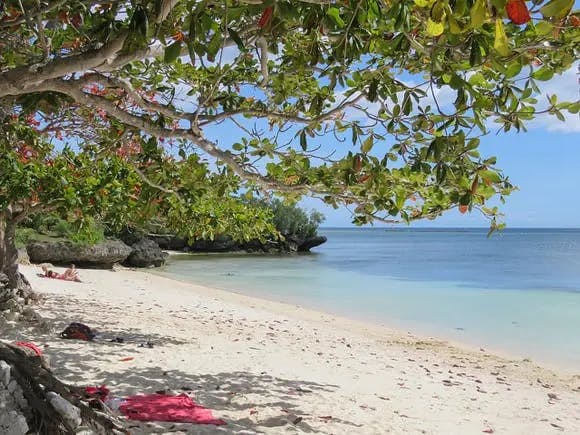It’s for good reason that a growing number of expats have chosen to make the Philippines their home--the low cost of living, the warm-hearted people (and almost everyone speaks English), and there’s an excellent visa program. The Philippines also has some of the most diverse islands on the planet, great scuba diving, exotic wildlife, tropical rainforests, and lush jungles.
Because there are thousands of islands to choose from, there really is something for everyone…large modern cities…peaceful mountain retreats…bustling beachside towns…deserted beaches… It’s paradise for nature lovers and adrenaline junkies alike. You can find a remote retreat on one of these magnificent islands and just relax with a beer watching the world go by…or you can take advantage of the vast array of possibilities waiting to be explored.
The low cost of living in the Philippines is a big draw for many expats. Depending on your tastes and needs, you can find monthly rentals for a low as $90. On the other side of that, if you want a furnished, four-bedroom beachfront home, it could cost a few thousand dollars. Just like in the U.S., the closer to the beach, the closer to downtown, and the more amenities you want, the more expensive it becomes. That being said, in the Philippines there is housing to suit every lifestyle as well as every budget. You can find everything from low cost local houses with a garden, to penthouse apartments in the heart of the city; it’s up to you…they’re all here for the taking.
An added benefit that will make the move overseas easier is that almost everyone speaks English. In fact, sometimes people will stop what they are doing just to talk to you and take the opportunity to practice their English. Filipinos are a kind, warmhearted bunch of people and are naturally and genuinely curious about visitors to their homeland. Meeting new people and making new friends is easy here, and of course, there are tons of expat Facebook pages and forums which are a useful way of helping you to settle into your new life.
It’s not just the over-65s that are making the move to the Philippines, younger and part-time retirees and business people are following suit too. When it comes to visa options, the Special Resident Retiree’s Visa (SRRV) has a few variations. The SRRV Smile is for people aged 35 and over looking to work or study. Besides all of the required paperwork, they must keep $20,000 in a Philippine bank—without using it for the duration of the visa.
A Classic SRRV is for anyone 50 and older. They must deposit $10,000 into a bank, but that money can be used towards an investment apartment with a minimum purchase price of $50,000. You must also have a monthly pension of $1,000 per couple.
These visas allow you to stay in the Philippines as long as you’d like, as well as travel in and out of the country freely. All candidates must pay $1,400 for the application process, and there’s an annual fee of $360. These rules and sums are subject to change of course, and there are other options if these don’t suit your specific needs, so it’s best to investigate before applying.




